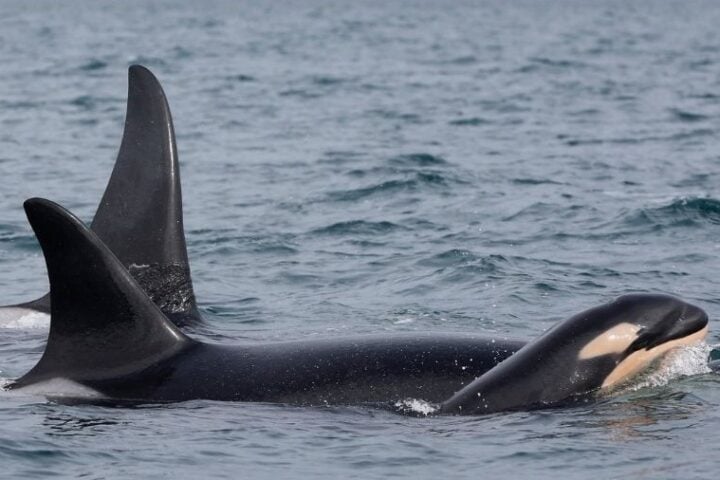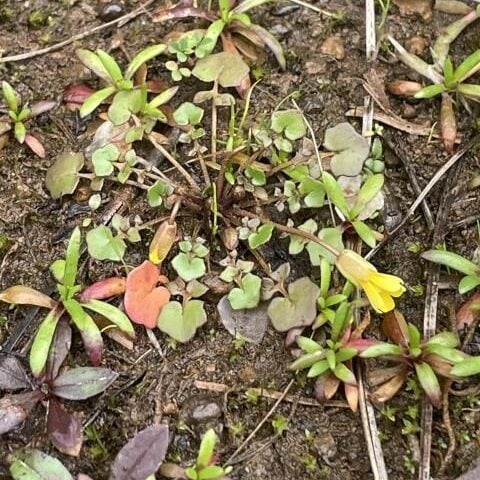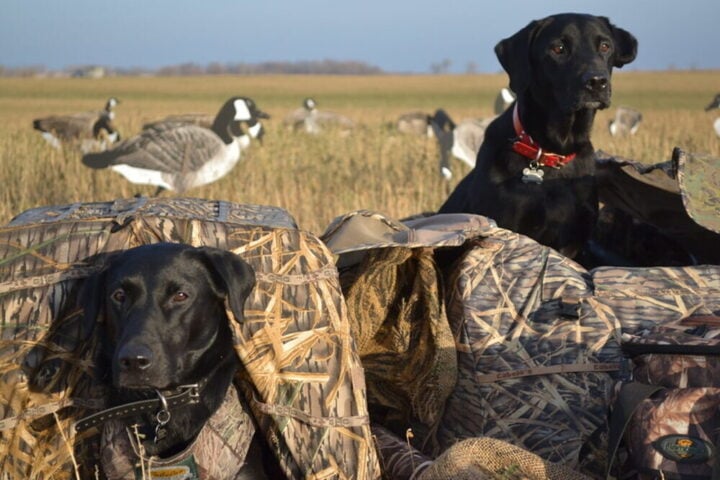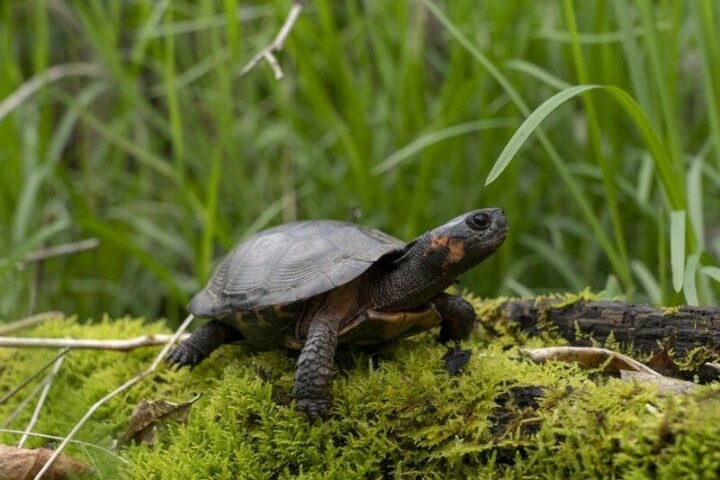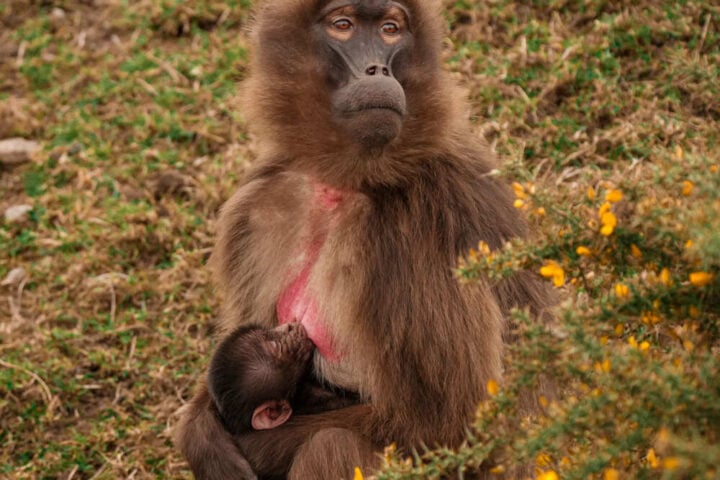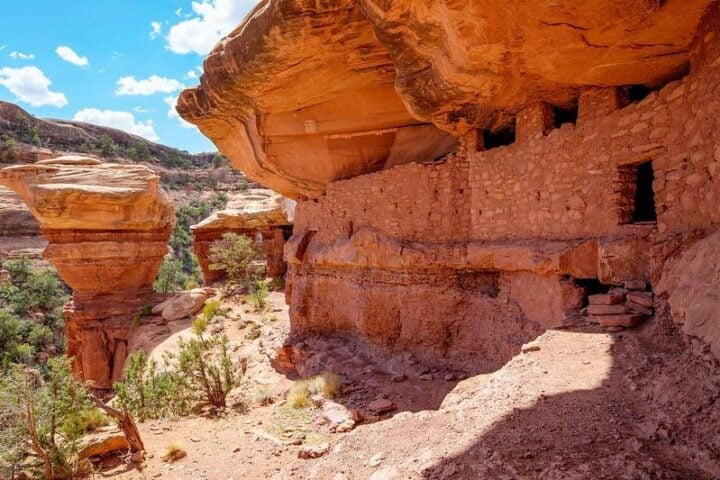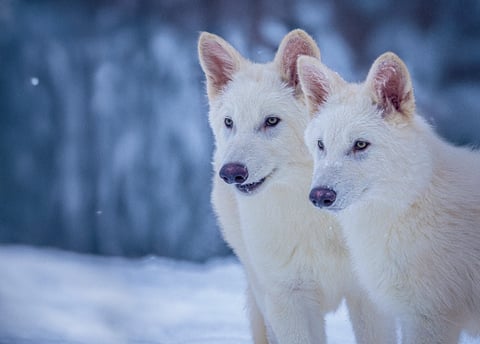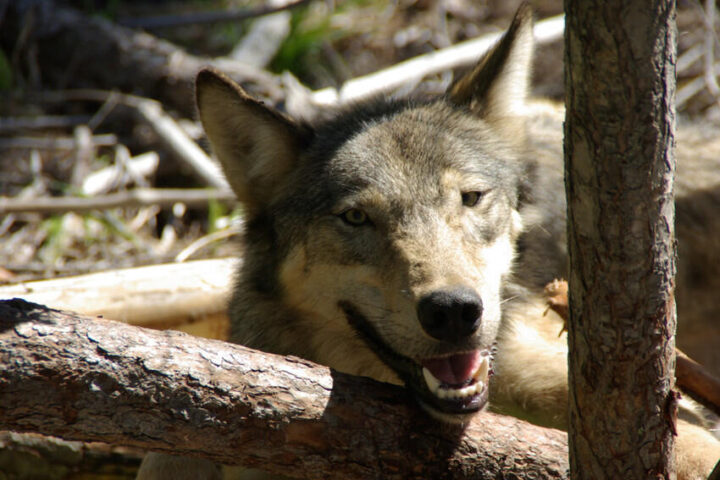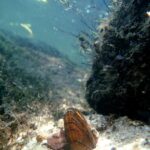Wyoming’s wildlife and natural spaces are getting a significant boost through a $7.8 million conservation investment. The Rocky Mountain Elk Foundation (RMEF) is leading this effort to protect wildlife habitats and enhance outdoor recreation across the state.
The funding combines $511,540 from RMEF with $7.3 million from partner organizations. This partnership includes the Wyoming Game and Fish Department, Bureau of Land Management, and three National Forests, creating a powerful alliance for habitat protection.
“This grant funding bolsters everything from restoring riparian habitat and treating invasive weeds to removing or modifying old fencing and improving public access to both public and private land for hunting and fishing,” explains Shawn Kelley, RMEF northern Wyoming regional director. The scope is impressive – 39 projects will enhance more than 15,000 acres of wildlife habitat.
In Carbon County, teams will restore 5,800 acres by removing unwanted conifers and old shrubs. This work helps elk and mule deer find better food sources through improved shrub and aspen communities.
Similar Posts
Teton County will see 1,500 acres of state land cleared of invasive weeds. This cleanup aims to maintain native plant communities that support local wildlife populations.
The project goes beyond just helping wildlife. The Wyoming Outdoor Weekend in Fremont County offers free family activities like archery, fly casting, horse packing, and orienteering. These events help local families connect with nature and understand conservation’s importance.
An updated Wyoming Landowner’s Handbook to Fences and Wildlife will help property owners make wildlife-friendly choices. This practical guide helps bridge the gap between private land management and wildlife conservation needs.
This investment in Wyoming’s natural spaces brings multiple benefits through its comprehensive approach. By combining technical expertise in habitat management with community engagement initiatives, the project works to protect Wyoming’s wildlife and natural spaces.
The work represents a practical approach to conservation that addresses both habitat improvements and community involvement. These projects focus on enhancing Wyoming’s wildlife habitat while engaging local communities in conservation efforts.
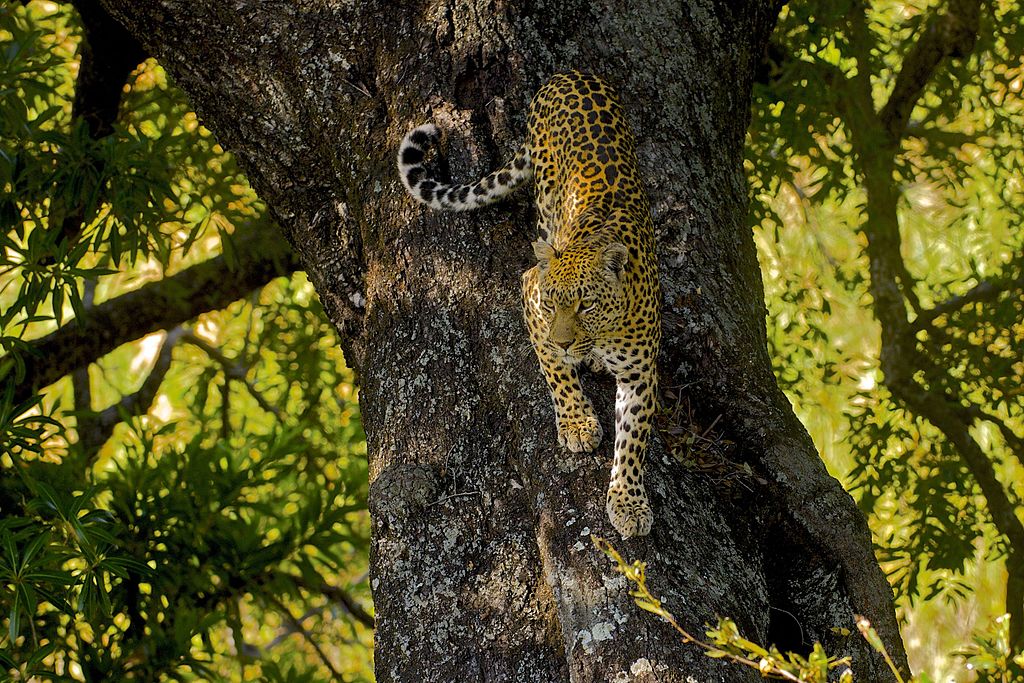
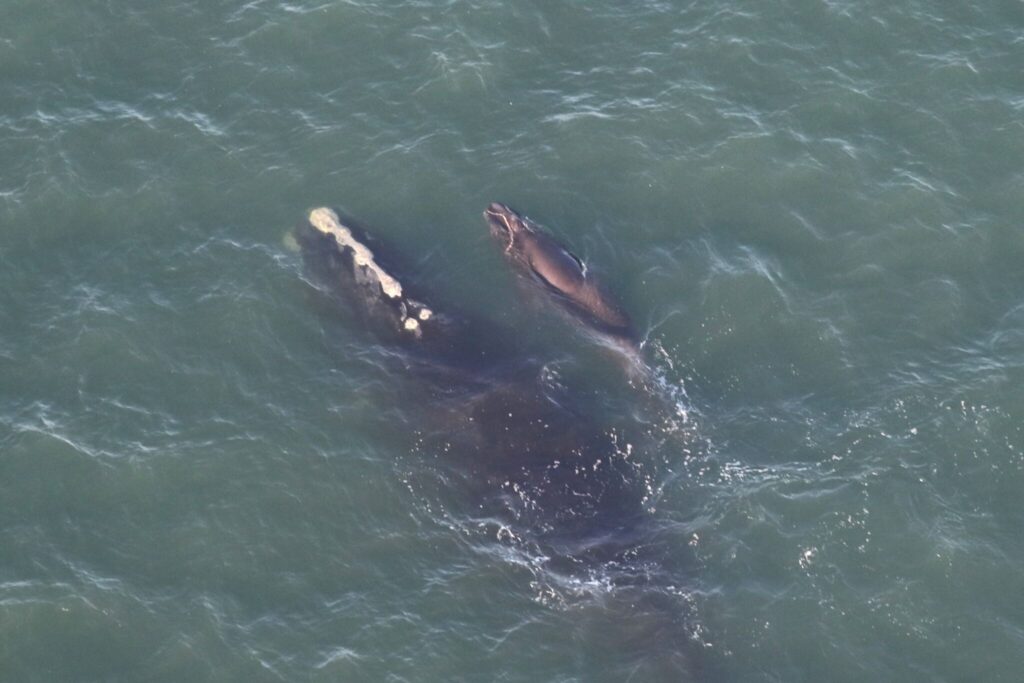
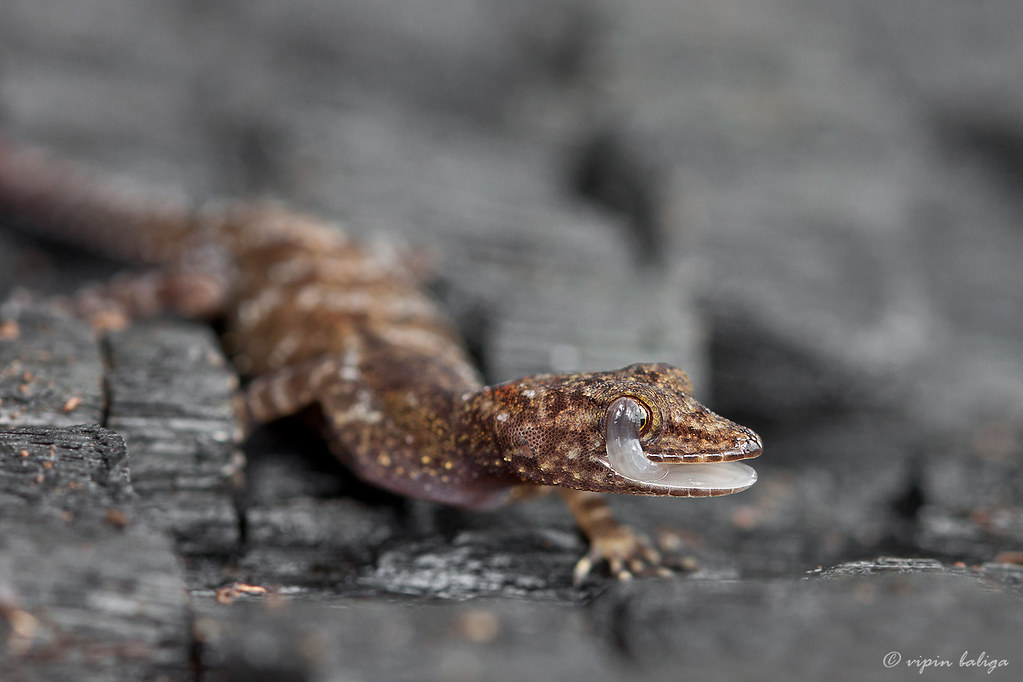
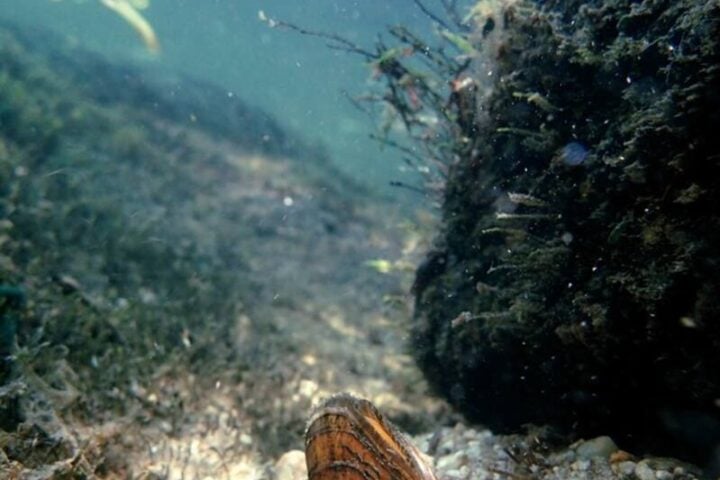




![Representative Image: European Starling [49/366]. Photo Source: Tim Sackton (CC BY-SA 2.0)](https://www.karmactive.com/wp-content/uploads/2025/04/Starlings-Drop-82-in-UK-Gardens-as-Birdwatch-2025-Reveals-Record-Low-Count-Since-1979-720x480.jpg)

